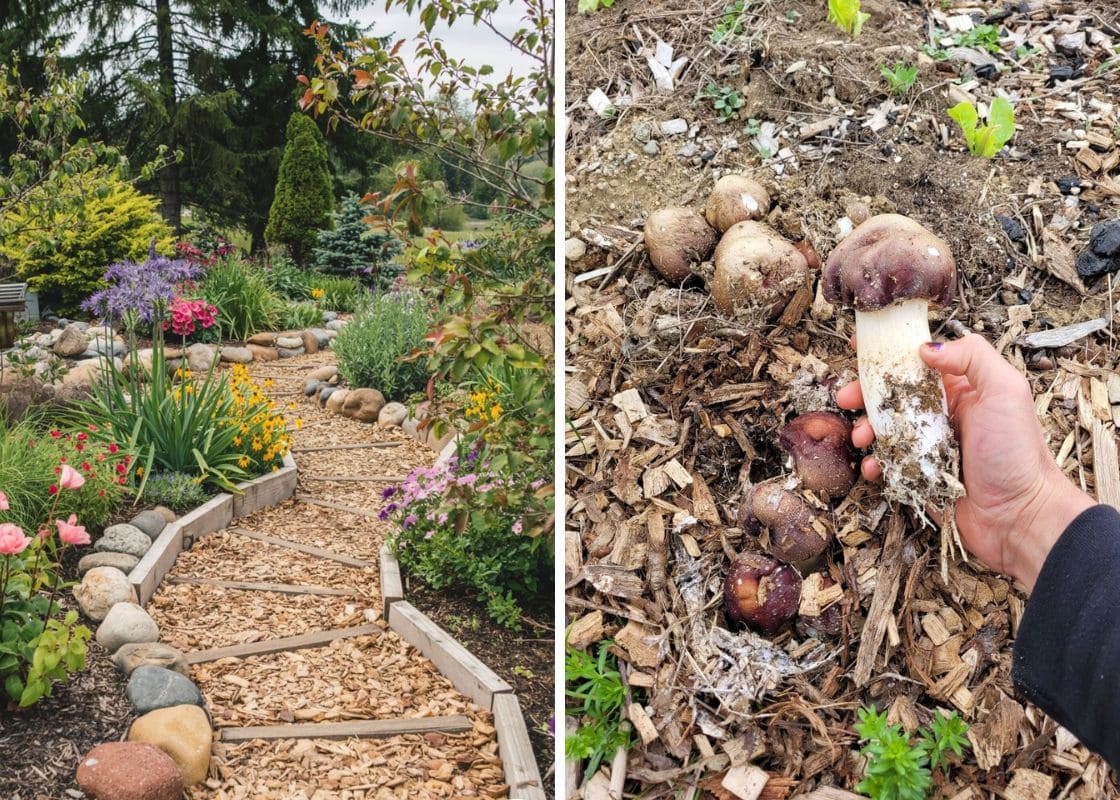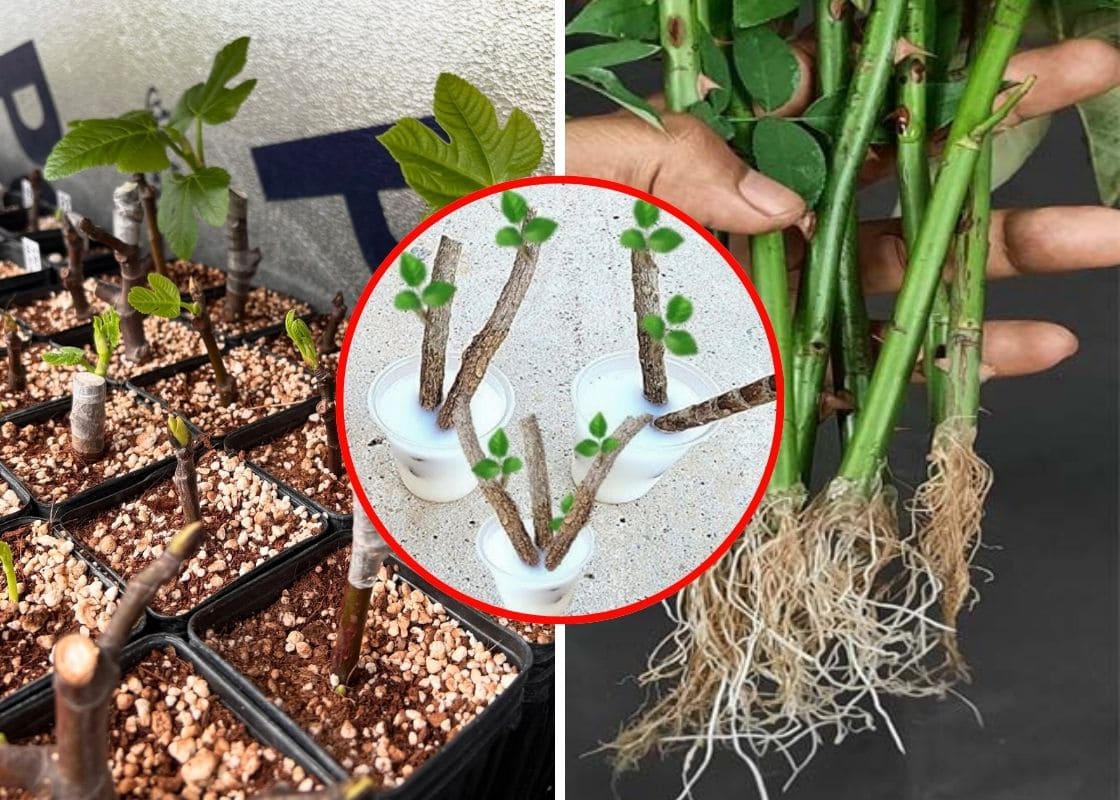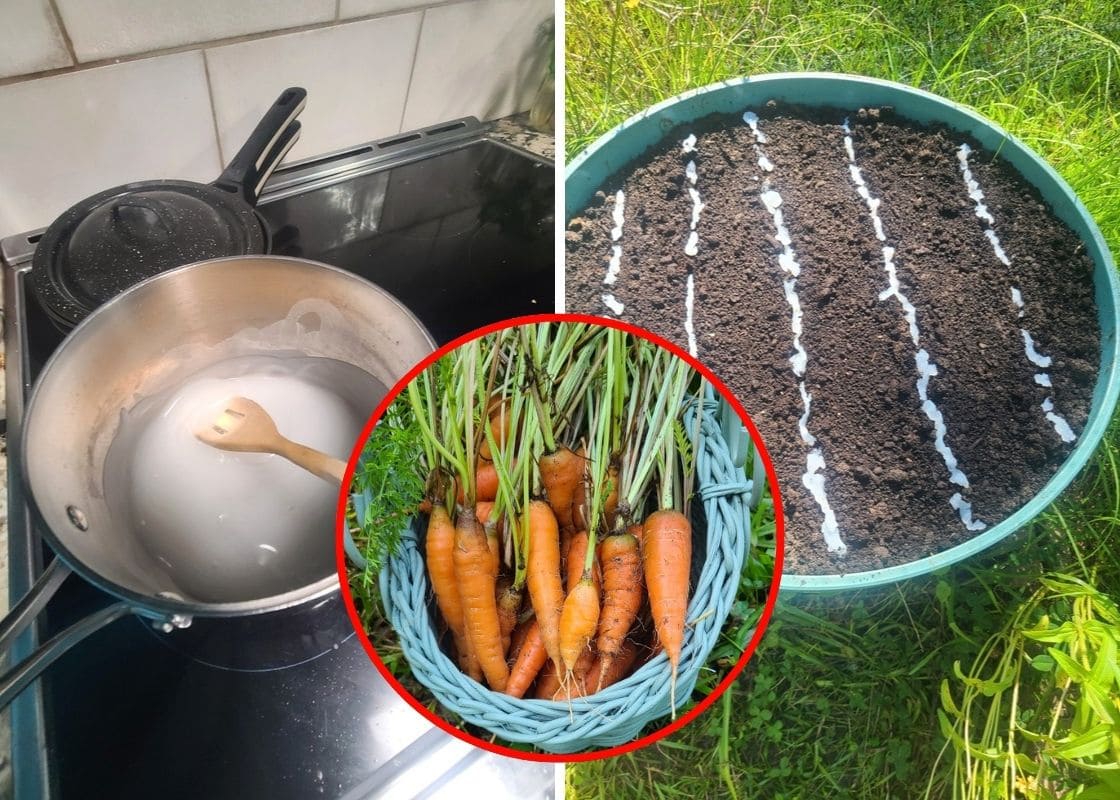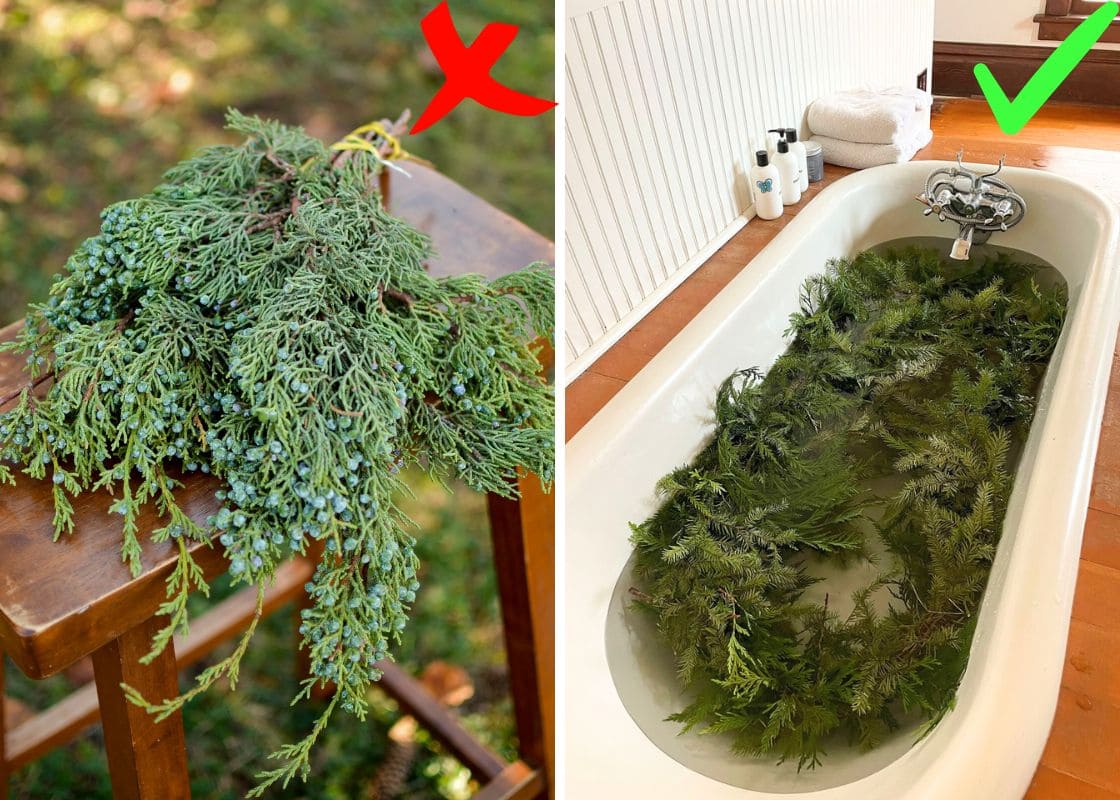Have you ever wondered how plants could work together to create a healthier, more productive garden? That’s exactly the magic behind Three Sisters gardening.
This method, rooted in Indigenous traditions, brings surprising benefits like natural pest control, weed suppression, soil enrichment, and efficient space use.
By letting each plant support the others, the Three Sisters approach offers a sustainable, low-maintenance way to cultivate a thriving garden right in your backyard.
What is Three Sisters Gardening?
At its core, Three Sisters gardening is all about planting corn, beans, and squash together. Each plant brings something essential to the mix:
- Corn grows tall and provides a natural trellis for the beans to climb, keeping the beans off the ground.
- Beans fix nitrogen in the soil, enriching it and feeding the corn and squash.
- Squash spreads out along the ground, shading the soil, retaining moisture, and preventing weeds from taking over.

This ancient companion planting method goes back generations, with roots in Indigenous agricultural practices, especially among tribes like the Iroquois.
In fact, these three crops were so vital that they were seen as three “sisters” working together to support the whole community.
Each plant plays a specific role, making this one of the most efficient and productive gardening techniques you can try.
Guide to Planting a Three Sisters Garden
Step 1: Choose the Right Spot
The Three Sisters need a sunny location to thrive, so look for an area in your garden that gets full sun.
Also, make sure the soil is well-draining, but rich in organic material, as this will support the growth of all three plants.
Step 2: Start with Corn
Corn is the first sister you’ll plant, as it serves as the “backbone” of this trio. Plant corn seeds in small mounds, with each mound about 3 feet apart.
Plant about four to six corn seeds in each mound, spacing them in a small circle. Once they sprout, you’ll thin them to the strongest two or three plants.

Step 3: Add Beans
Once your corn plants are a few inches tall, it’s time to add the second sister: beans. Pole beans work best, as they will naturally climb up the corn stalks.
Plant two to three bean seeds around each corn plant. As the beans grow, they’ll help the soil stay healthy by fixing nitrogen, a vital nutrient for all three plants.

Step 4: Finish with Squash
Finally, it’s time for the third sister: squash. This plant spreads out along the ground, so plant squash seeds around the outer edges of each mound.
Space the seeds so the squash vines can spread without crowding the beans and corn.
As the squash grows, it will form a natural ground cover, shading the soil and helping to keep moisture in. Its broad leaves will also help block weeds from sprouting.

Step 5: Care and Maintenance
The Three Sisters need consistent moisture, especially in the early stages, so you should water deeply and check that the soil stays moist but not soggy.
Besides, thanks to the squash, weeds will have a hard time competing, but you might need to do a little weeding early on before the squash fully spreads.







